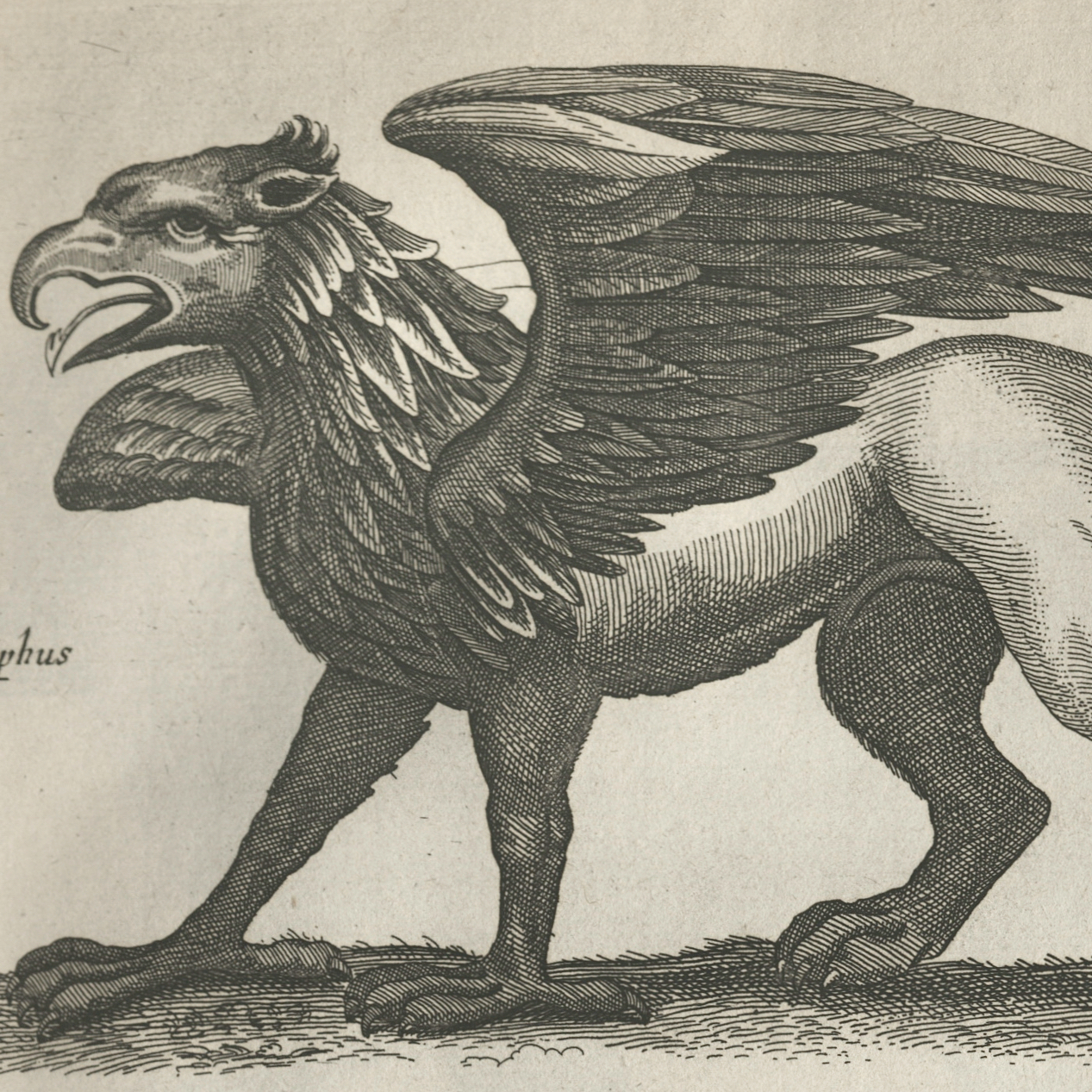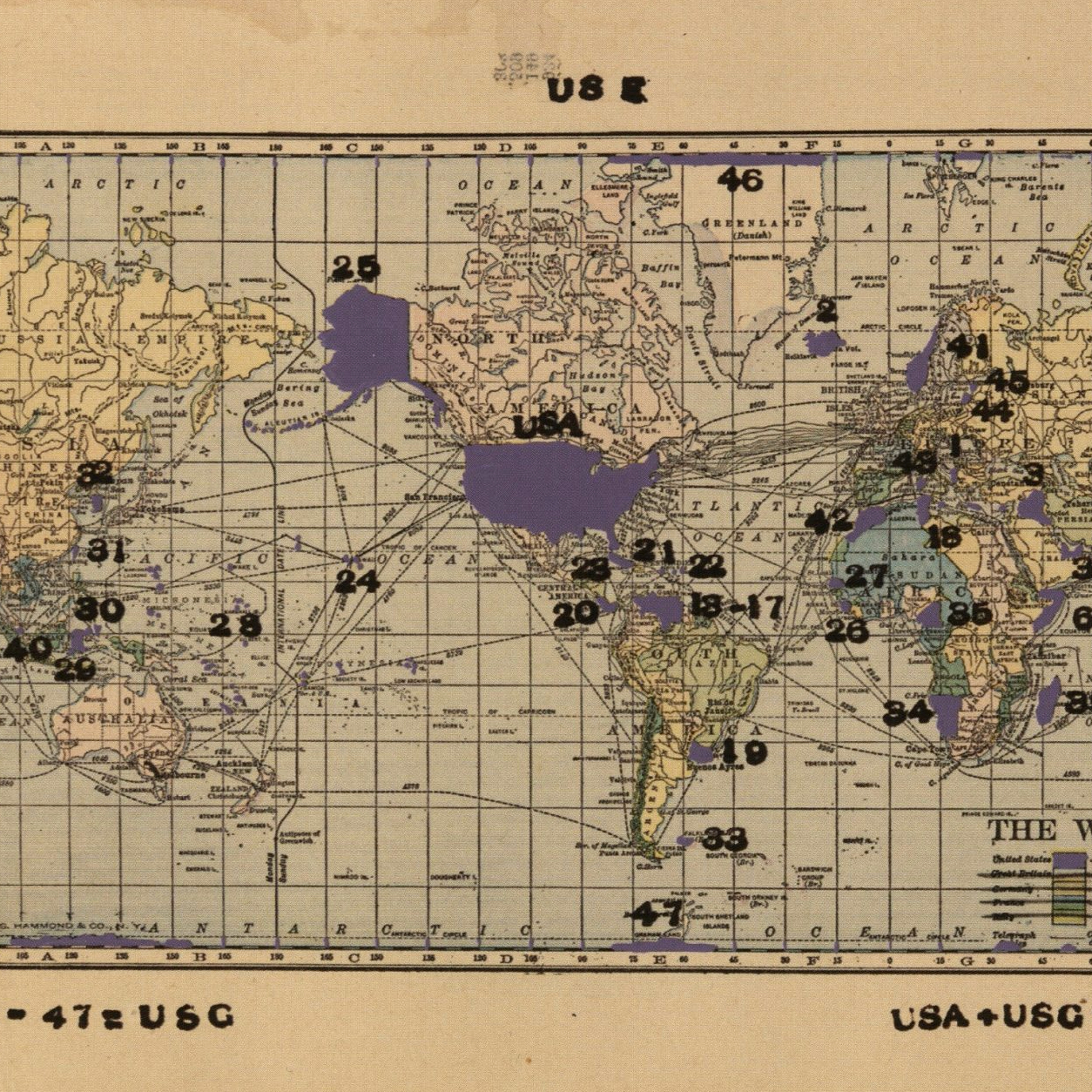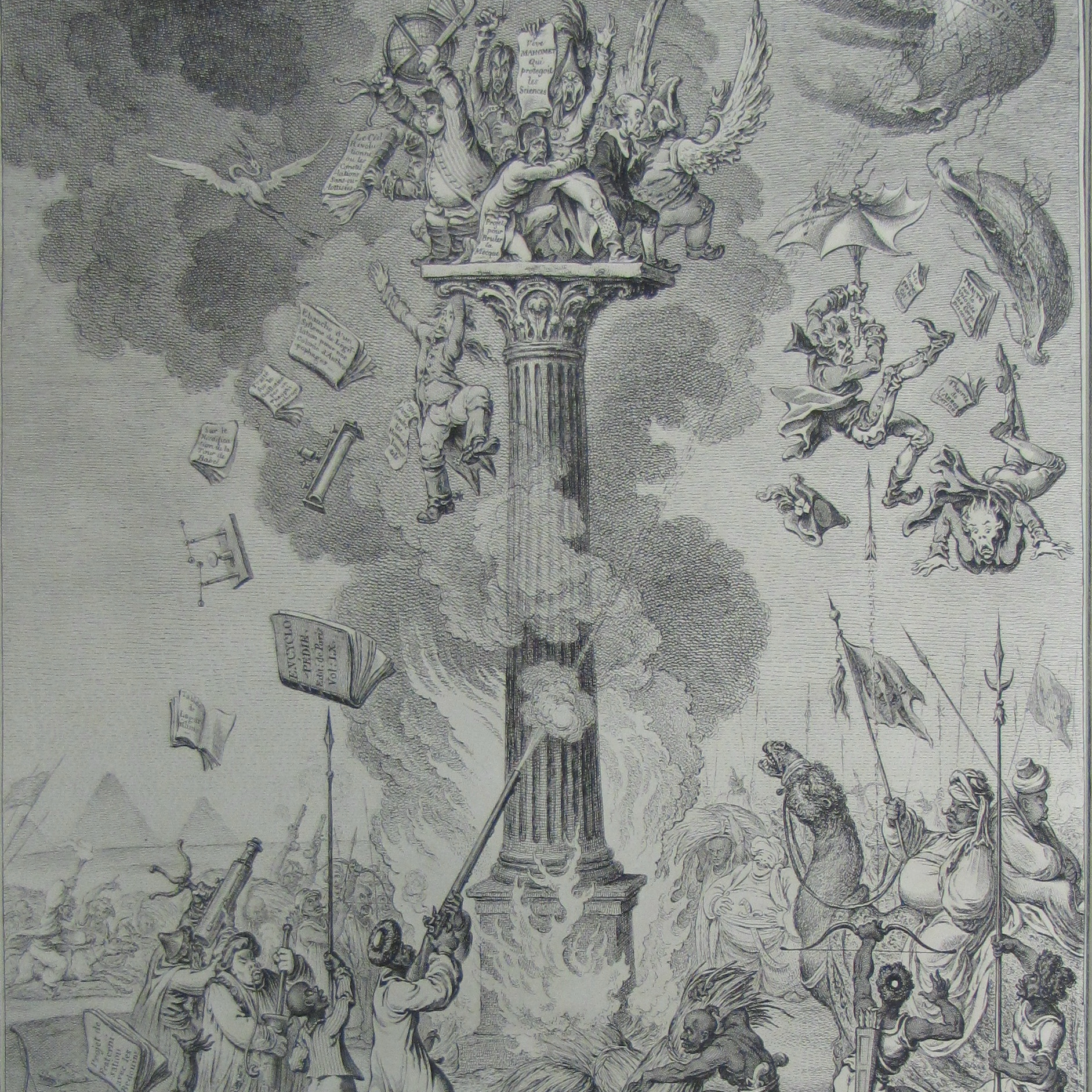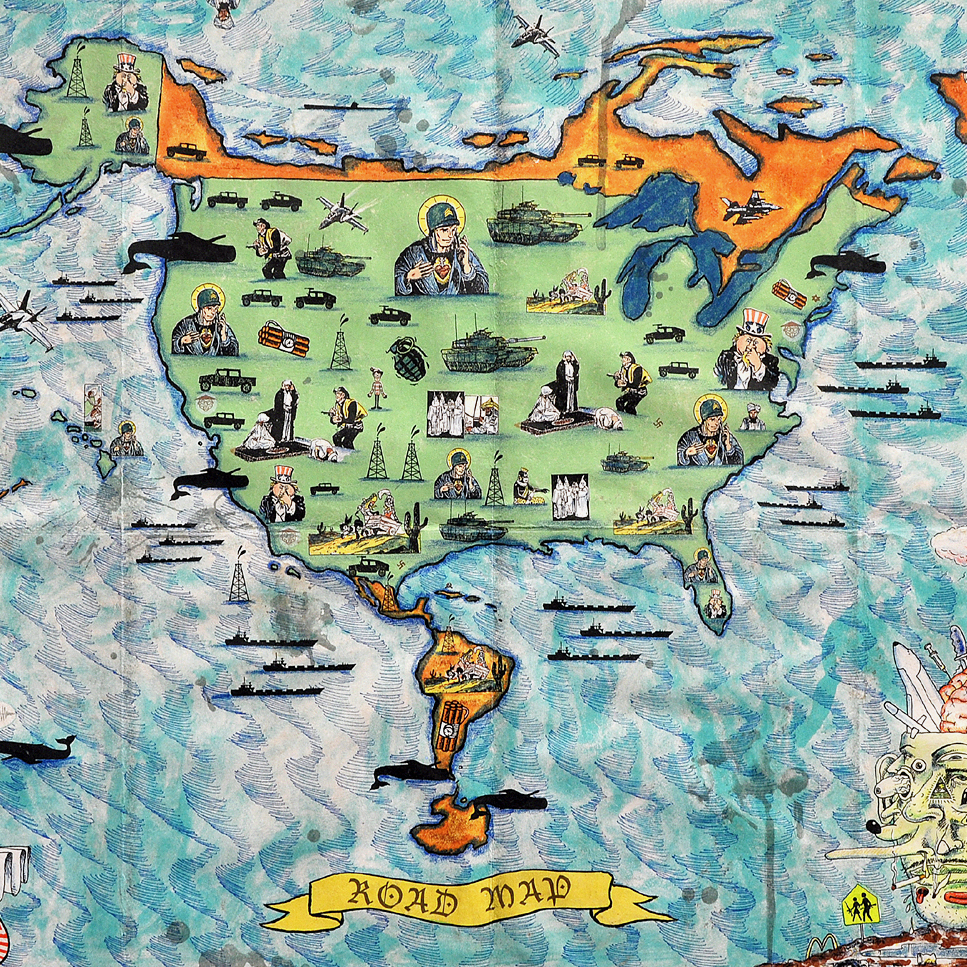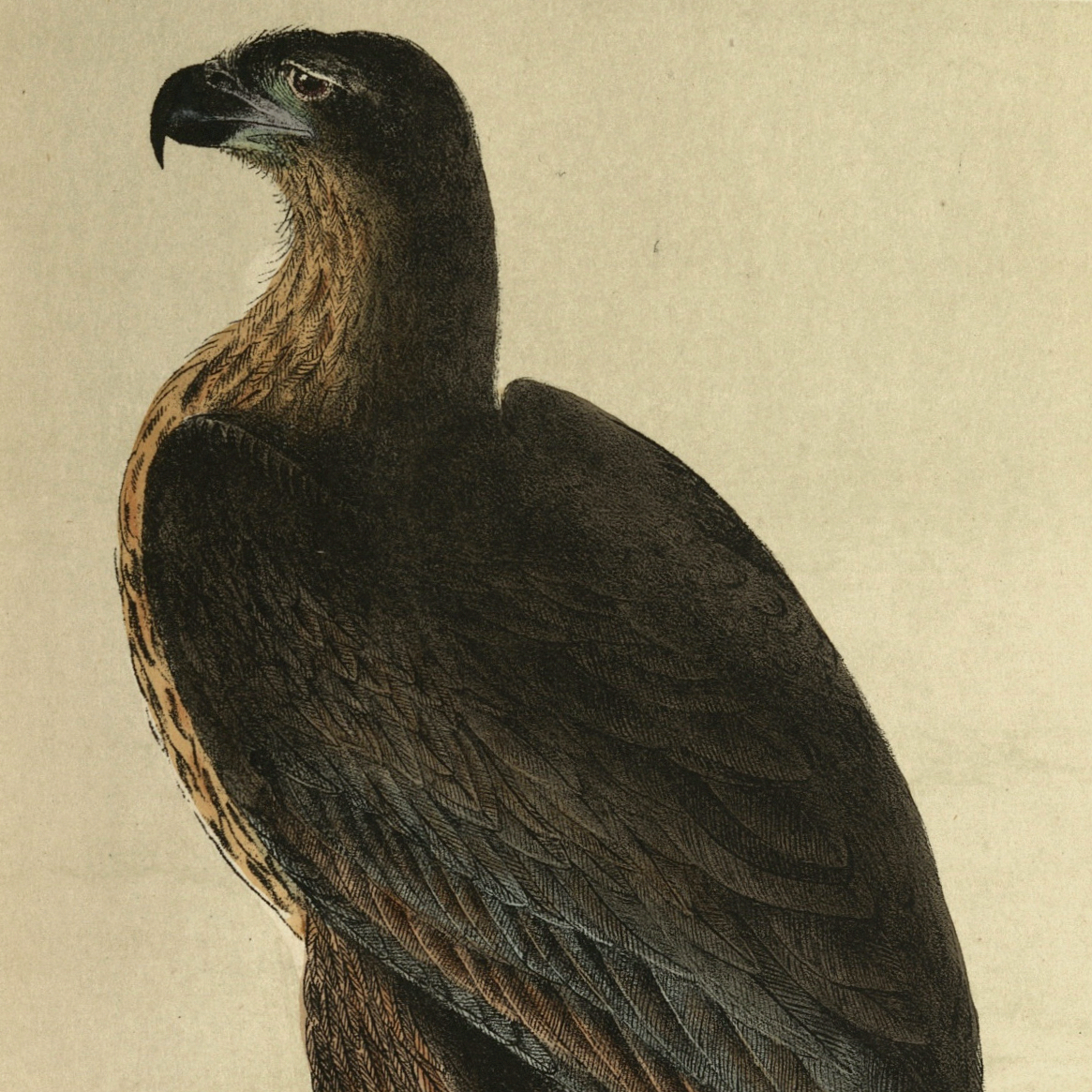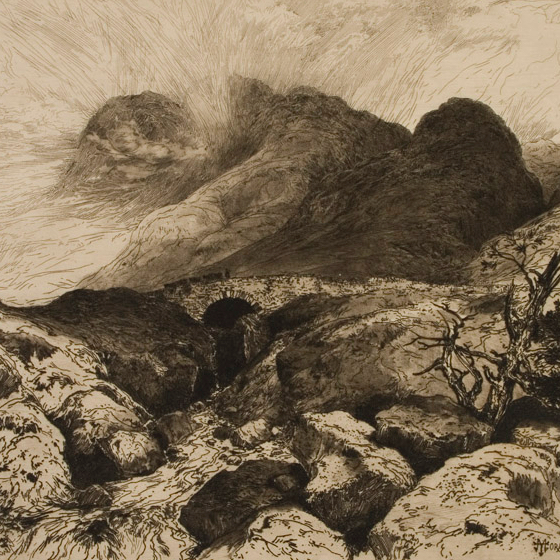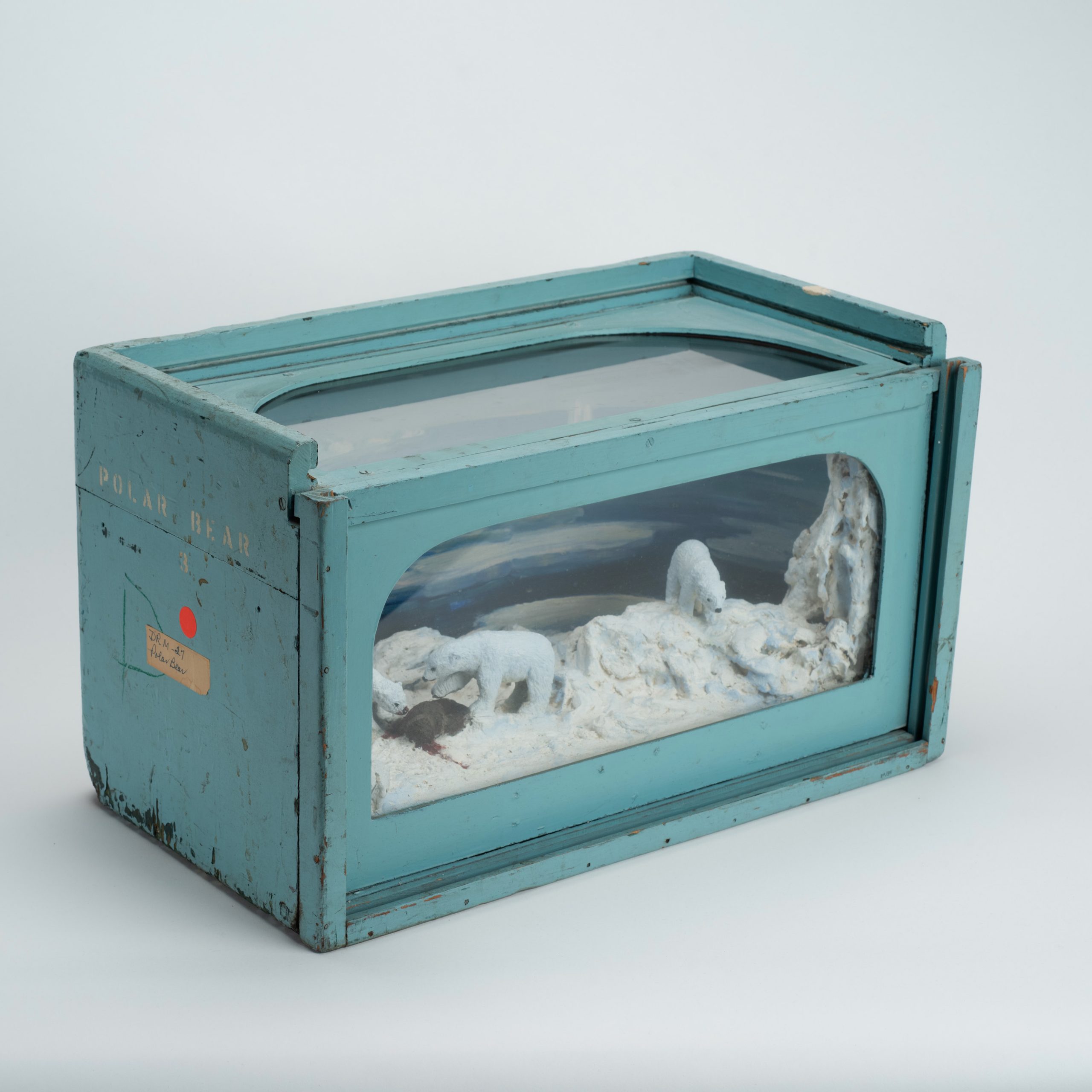Astronomicum Caesareum
Peter Apian
1969
New York: McGraw-Hill
[Faksimileausg. Ingolstadii, 1540.]
For its beautiful illustrations and rotatable astronomical disks, Peter Apian’s intricate Astronomicum Caesareum (“Imperial Astronomy”) (1540) is frequently regarded as the high point of 16th-century bookmaking. Apian, a German professor of astronomy, received the patronage of Roman Emperor Charles V and his brother Ferdinand I to apply his knowledge of mathematics to create the maps of the cosmos published in the Astronomicum. Similar to an astrolabe, these maps, drawn on movable woodcuttings (called volvelles), could be rotated to show the progression of stars, comets, and heavenly bodies across the sky.
As astronomer Diedrich Wattenberg explains in her introduction to the 1969 facsimile of Apian’s book,
At the time the Astronomicum Caesareum was written, astronomy was still regarded exclusively a domain of mathematics. The fixed stars were observed as points of light whose positions inside the constellations did not show any signs of change, although the whole sky appeared to be rotating. The measurements were made with the astrolabe, the cross-staff, and the torquetum. It was the task of the mathematician to lay the foundation for a theory of the complicated movements of the planets, including sun and moon, and to predict their positions in the zodiac with great accuracy at any time and for long periods in advance.
By including a variety of movable disks and other devices in his works, Apianus [Apian] endeavoured to ease in particular the burden of readers less versed in mathematics. In his Astronomicum Caesareum the graphical method was brought to the highest perfection and its application to a variety of problems made it possible to read off astronomical data and the positions of the heavenly bodies as from a clockwork.
The book was used to calculate more scientifically-grounded phenomena, such as the prediction of eclipses (seen in the pages above) and the movement of comets around the solar system. With a little instruction, someone without an extensive background in astronomy could operate the device to gather scientific data. The accuracy of this data is debatable. Scaling the solar system down to a 360° disk, for instance, makes astrolabes notoriously imprecise. Even an error of one degree can miscalculate the sun’s position by an entire day.
Yet, despite the seemingly scientific integration of mathematics into the study of the cosmos, the Astronomicum Caesareum primarily had superstitious uses and was employed to divine horoscopes. Thus, the line between science and superstition in this work is as indistinct as the line between science and art. Indeed, the beauty and intricacy of the Astronomicum Caesareum has cemented Apian’s work within scientific histories, even as the science behind it has been disproven.
Written by Daniel Pfeiffer with assistance from Kristin Eshelman


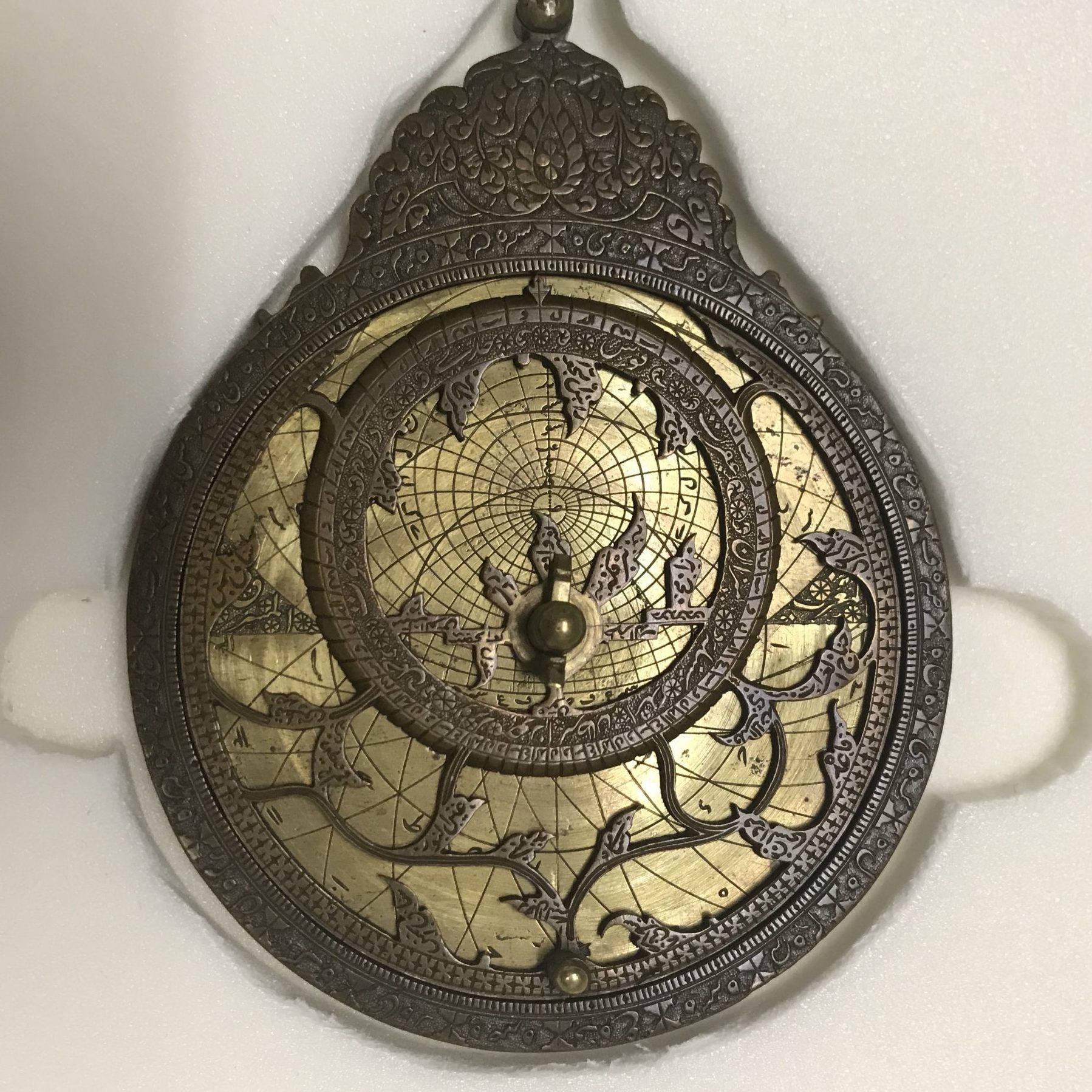








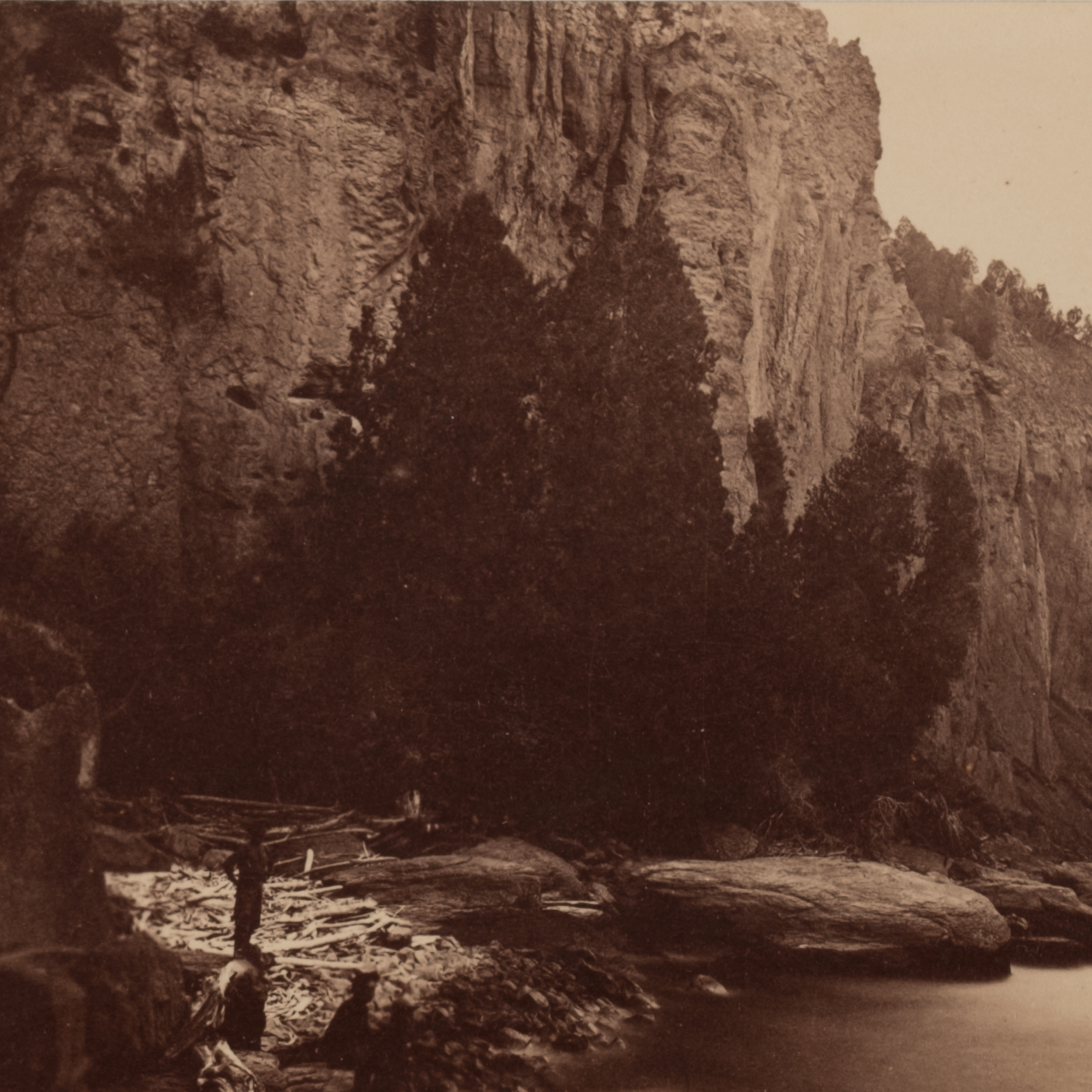


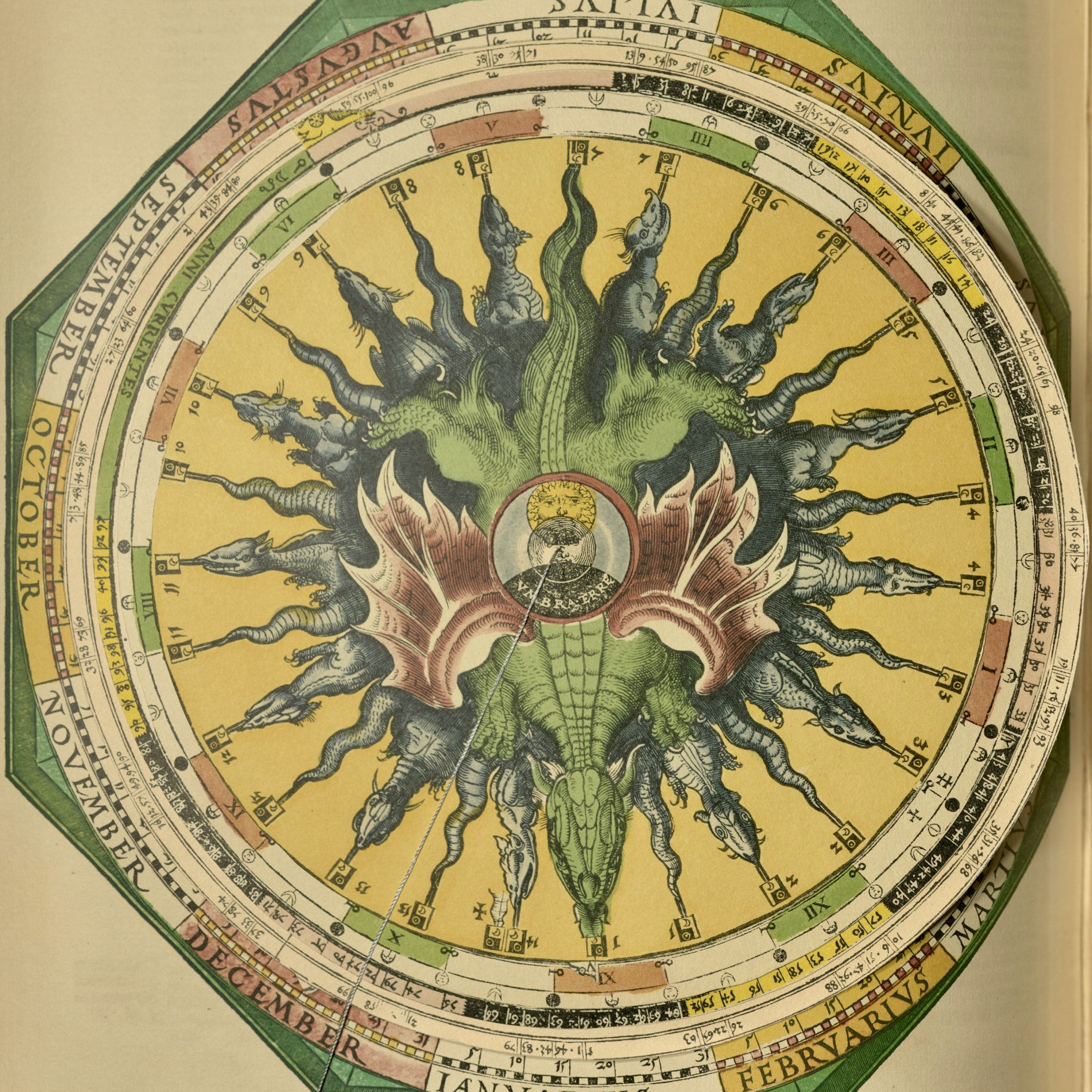

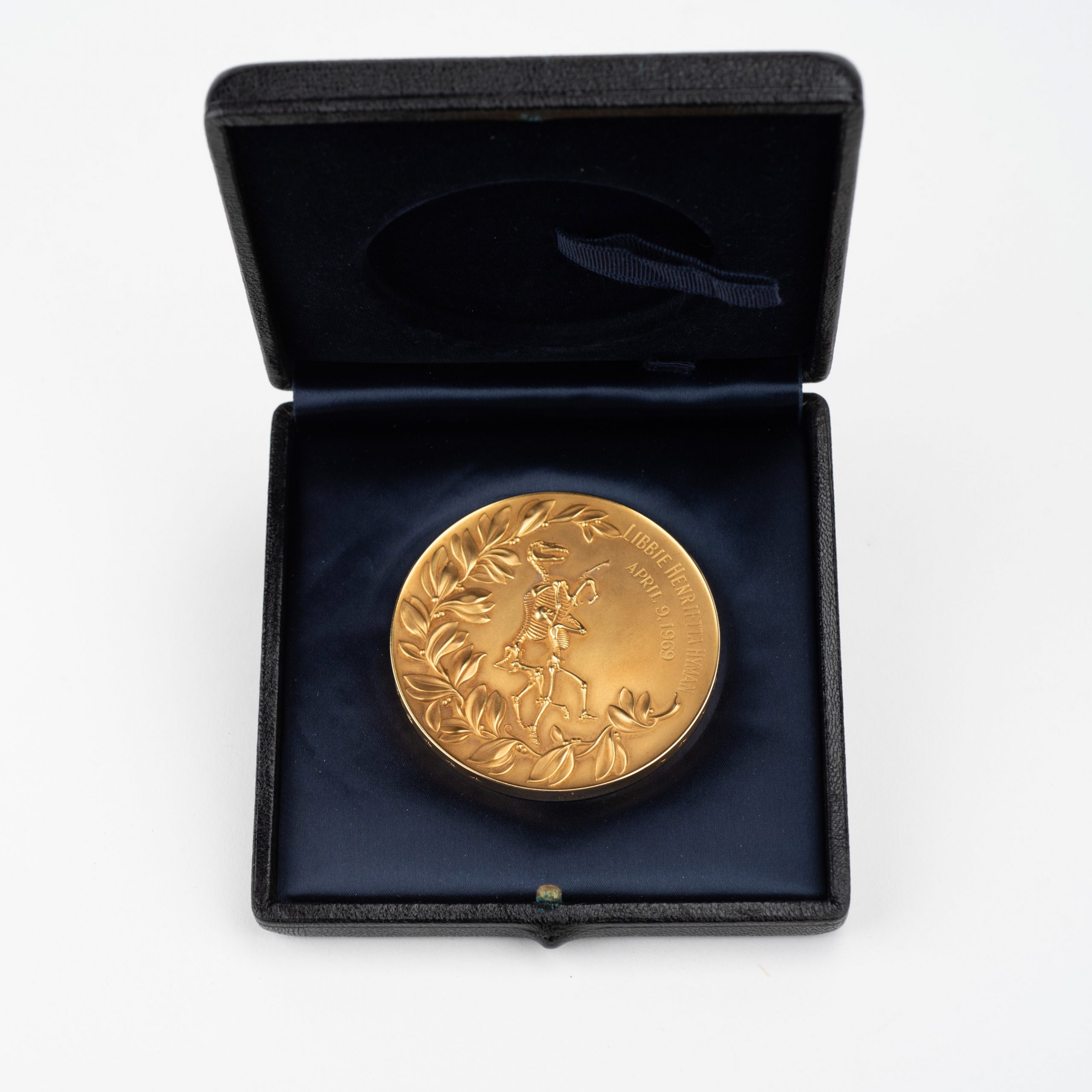

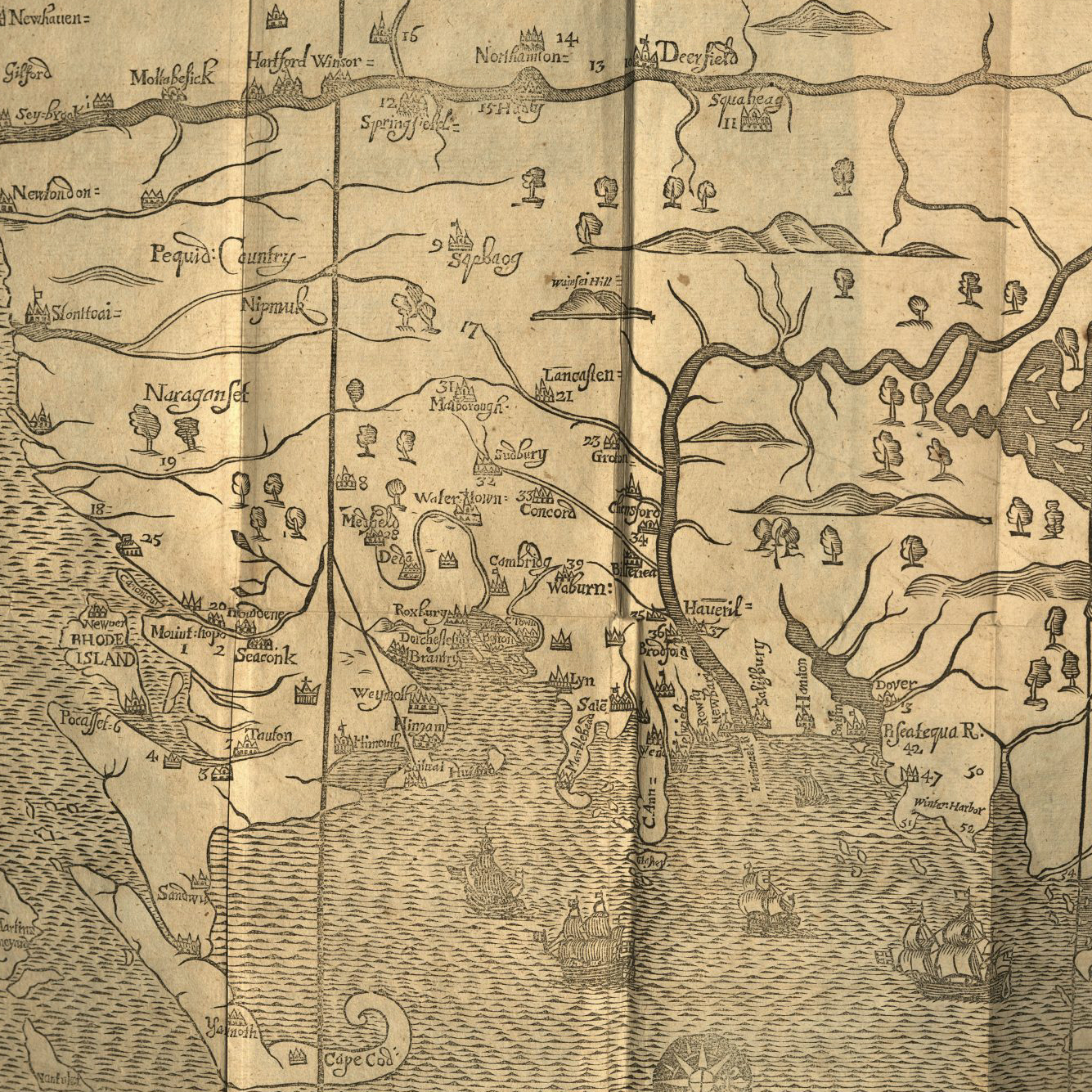




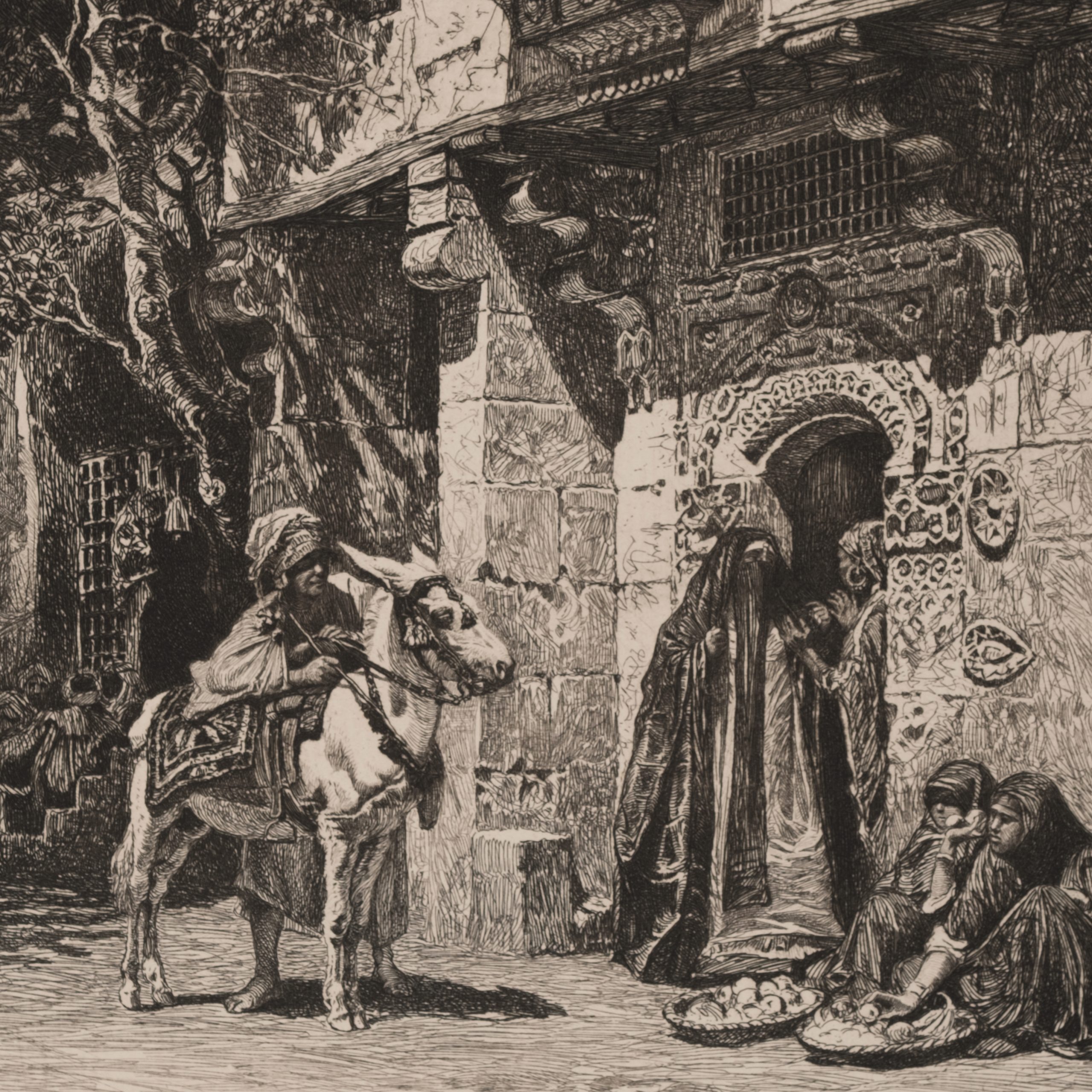
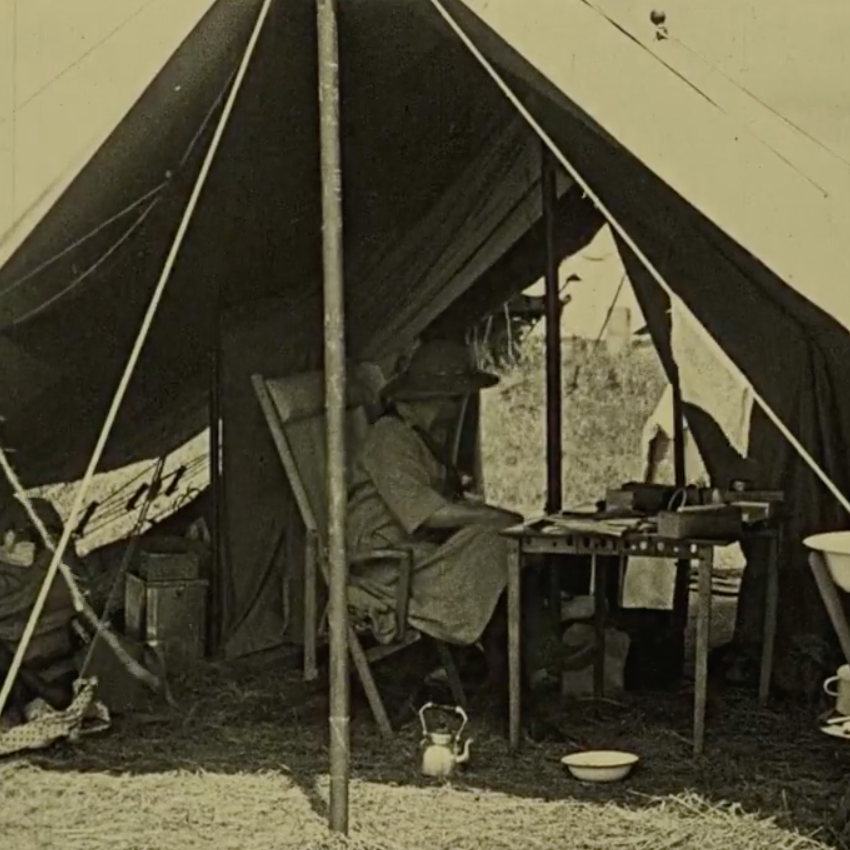
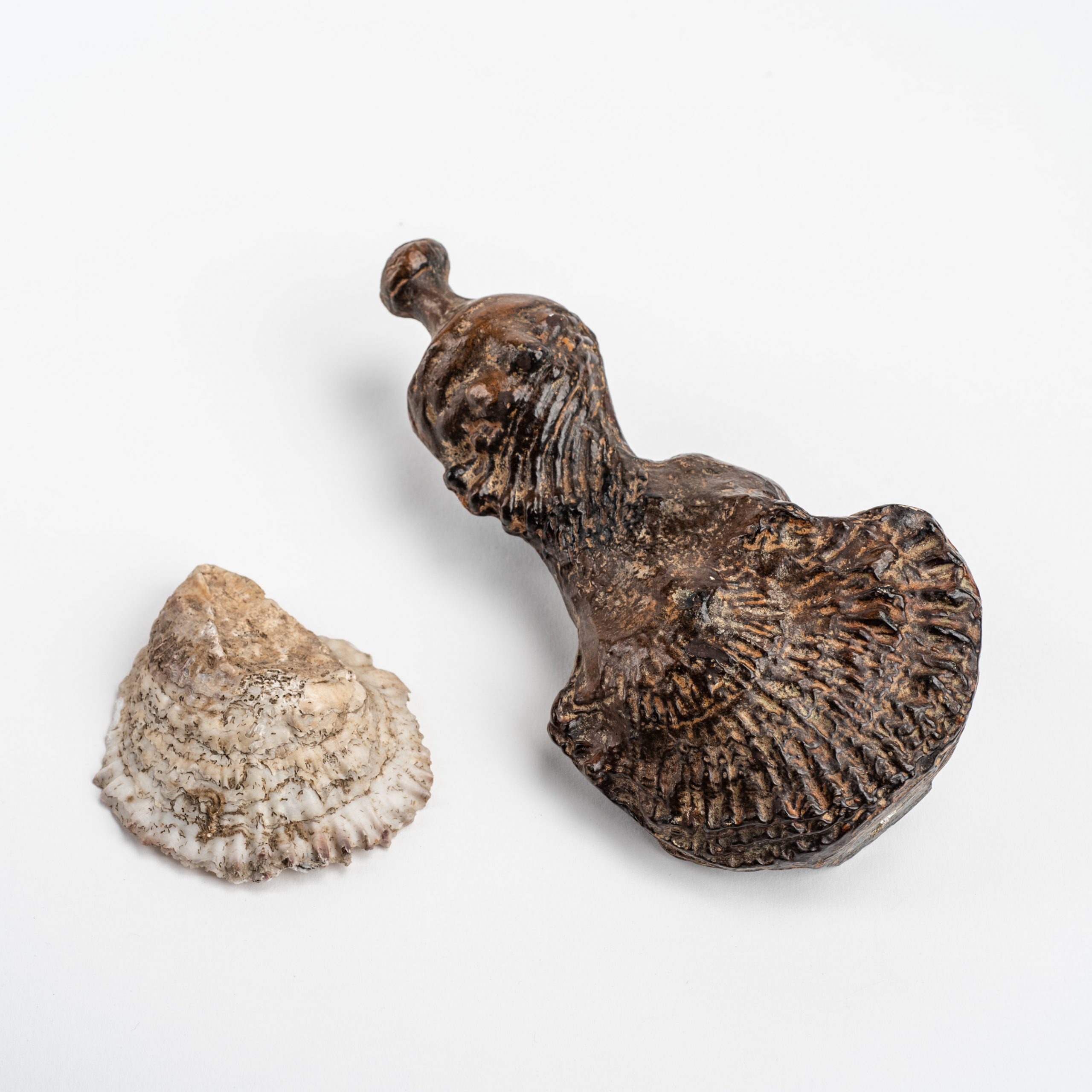


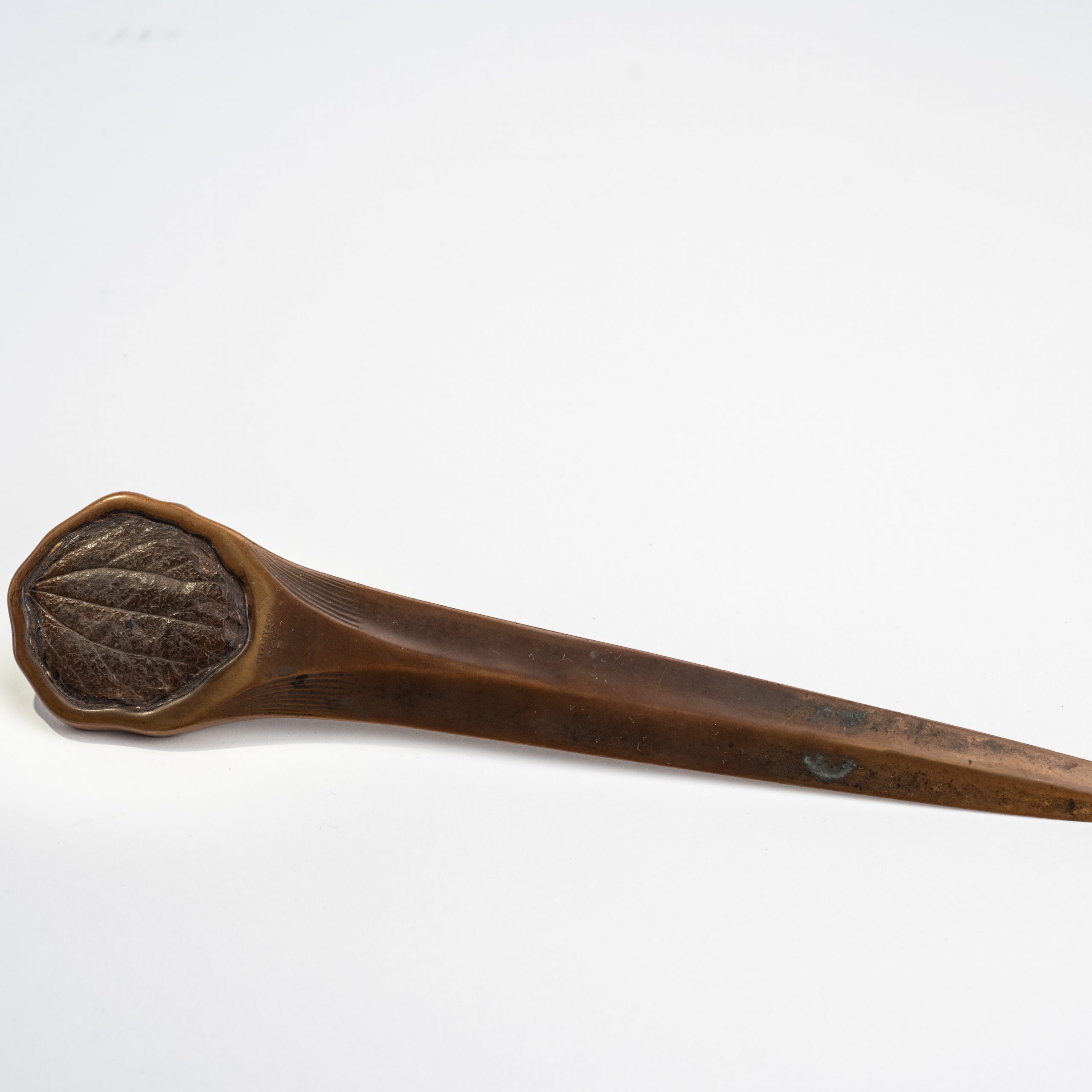
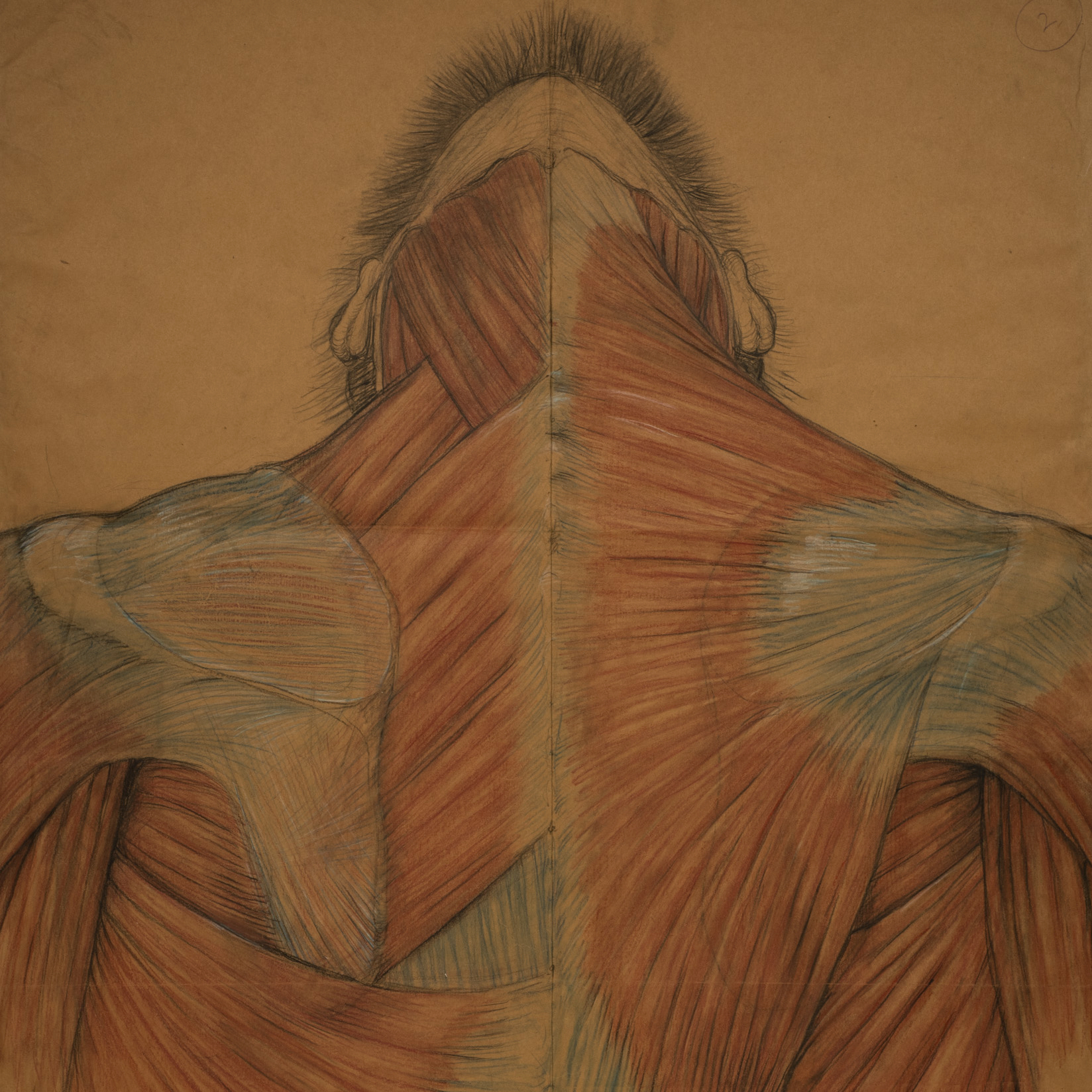
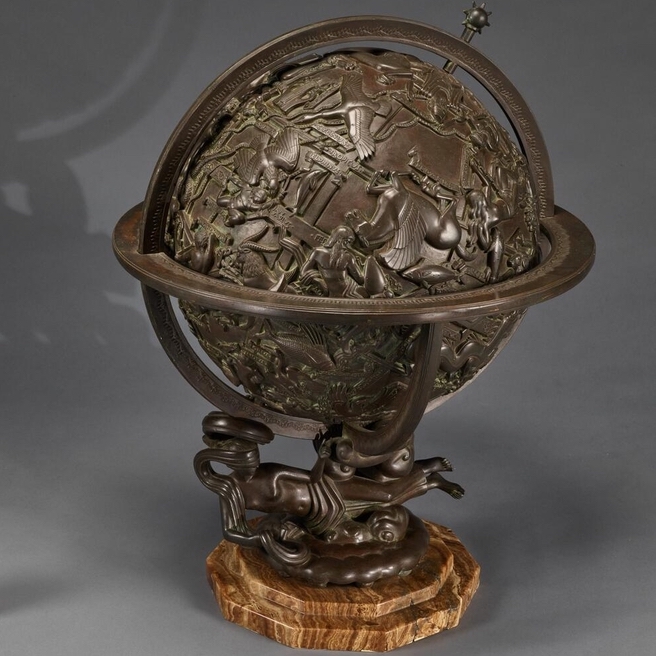
![Howard Russell Butler's [Hydrogen prominences]](https://futureoftruth.media.uconn.edu/wp-content/uploads/sites/2921/2023/01/k6584-square.jpg)

